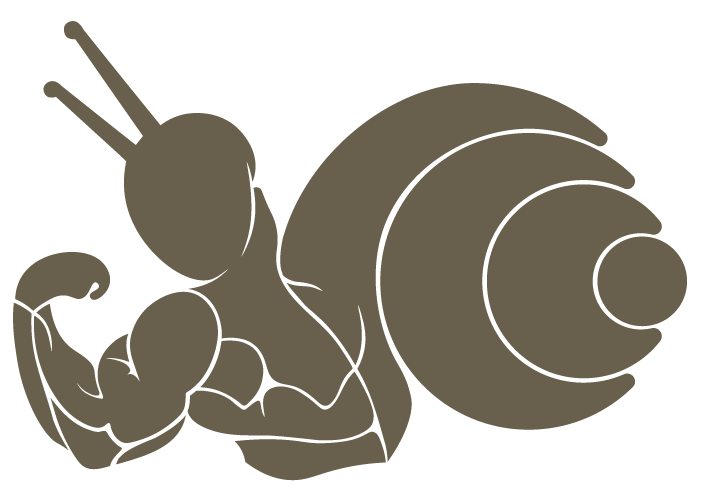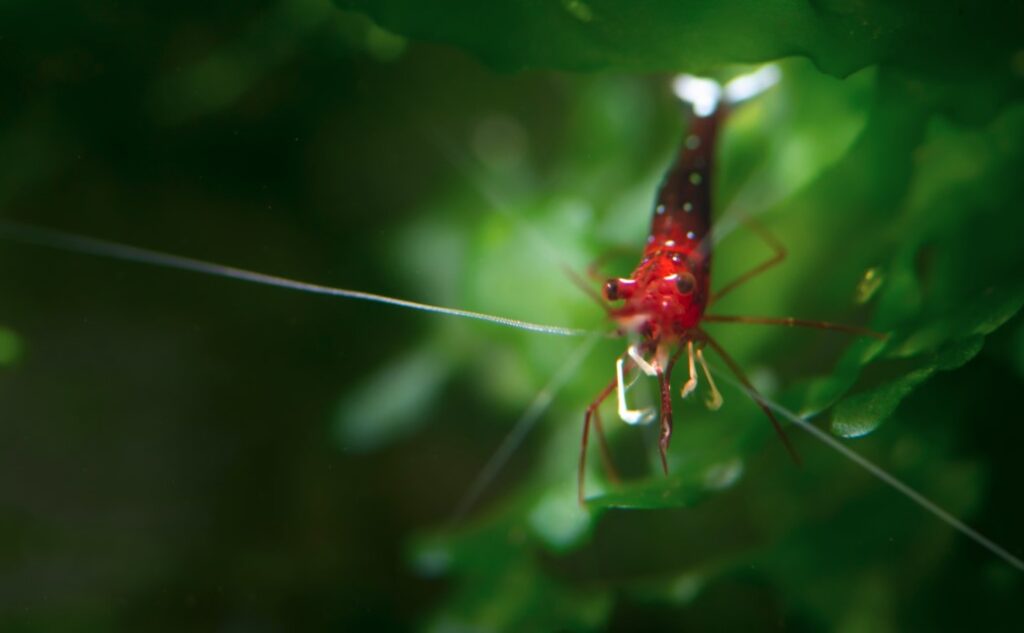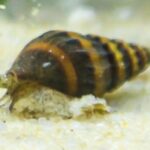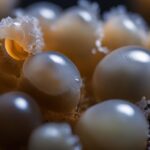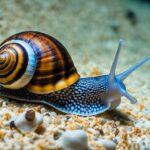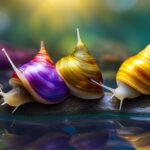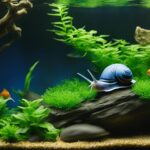Providing the shrimp with hiding places helps reduce their stress levels from potential predators in the tank as well as giving them somewhere to safely moult. Hiding spots don’t have to be complicated or expensive, they can simply be an area of your tank covered with something like java moss (few points to consider with moss covered below) which will eventually grow in and form “sea grass”, providing a natural hideout. Alternatives such as dried roots from plants like mangroves also provide suitable shelter for shrimp while still looking aesthetically pleasing in most tanks. I have seen many cherry shrimp hiding when uptight or just to keep safe, its important to provide a level of protection for your shrimp pets.
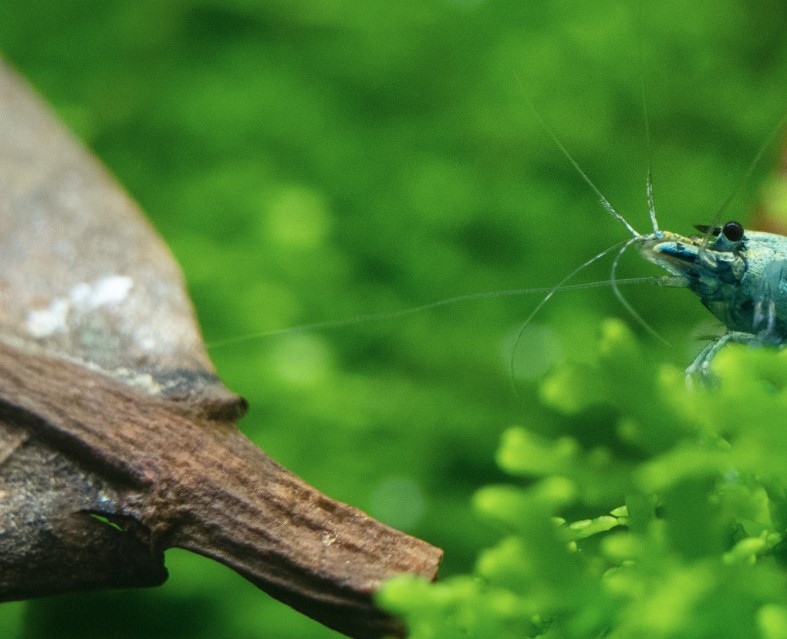
The type of housing you decide to provide for your pet shrimp will depend upon several factors such as the design of the tank set up and any other fish species kept in there that may be potential predators for your shrimp. Whatever option is chosen it should suffice at creating a secure environment where the shrimp can go during times when they feel particularly vulnerable so that they can stay relaxed and reenergize. Investing some time in researching options that fit best into your set up can ensure that your aquarium inhabitants remain stress-free, allowing everyone to enjoy their shared environment
Do Shrimp Need to Hide?
When it comes to aquariums, shrimp need to have hiding places provided to them for a number of reasons. First and foremost, hiding places can provide the shrimp a place where they can safely moult without any potential predators in the tank being able to feast on them. Next, hiding places help reduce the stress and anxiety levels that come with having other fish or organisms present in the same tank as your shrimp.
Creating a Space to Hide
Having hiding spots is an important aspect of creating a natural and healthy environment for your shrimp colony. Providing hiding places in aquascapes or shrimp tanks provides a sense of security to the animals, allowing them to avoid predation and providing safe spaces for larvae to develop. These hiding places can vary from small crevices to larger intricate structures like cholla wood or rocks.
Having an adequate number of good hiding spots not only gives your shrimp a secure place to hide, but it also provides air pockets in the water as well as additional swimming areas. This adds complexity to the tank, providing an environment that creates interest among viewers as well as offering more areas for your shrimp to explore. Additionally, these hiding spots give you other areas in which you can add plants and beneficial bacteria for a completely natural look in your aquarium. Hiding spots are essential components when trying to make sure that your shrimp have a safe and enjoyable home.
Rocks
Rocks and stones are essential for any aquarium that seeks to create a natural feel. This is due to their ability to mimic the natural environment of fish in the wild. Rocks and stones also provide great material for algae and diatoms, which further add to the organic look of an aquarium. Moreover, they provide shelter to shrimp and aquatic invertebrates while cultivating an even better atmosphere in your aquarium.
When it comes to aquascaping, there are several options available when choosing what type of rock you want to use for your tank. One of the more popular ones is Pai-Hai stone which is known for its red-brown tints that add contrast against the fish within. Sado-Akadama Stone provides smoother edges with mixed earthy tones, while Kei Stone provides bright colors such as yellow, brown and pinkish hues which many regard as eye-catching additions. Ultimately, whatever rock or stone you decide to choose will guarantee you a unique yet vibrant customization for your aquarium.
Plants
Aquatic plants are an essential part of any healthy aquarium, as they not only provide color variation to the environment, but also give oxygen to the water column due to photosynthesis. There is a range of aquatic plants available on the market that are suitable for just about any aquarium. From thick, low-growing java moss to tall, bright-green Amazon Sword and Red Tiger Lotus lilies, these diverse aquatic plants can dramatically improve the look and feel of your tank.
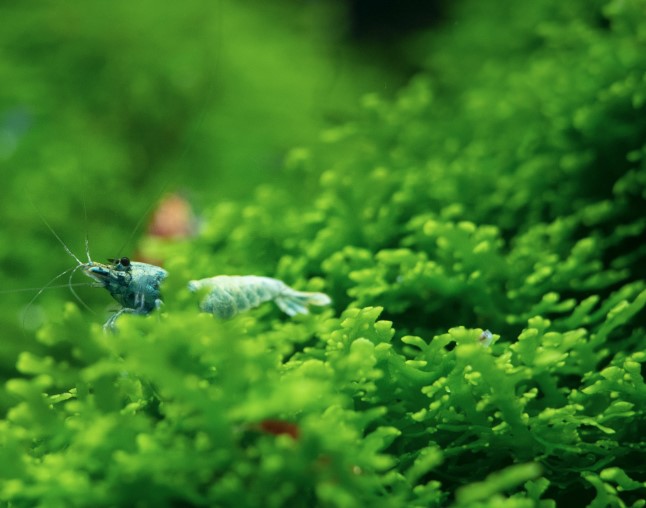
Nitrogen cycle is another added benefit from including aquatic plants in your tank. As these plants work hard during their photosynthesis period, they soak up nitrates and ammonium in the process. This helps keep the water in your tank clean and removes any toxic compounds that could undermine its stability if left unchecked. Not only this, but certain species such as java moss or dwarf hairgrass can serve as protective areas for shrimp fry during their early life stages. The many hiding spots provided by these ample amounts of foliage can help reduce deaths related to predators or nutritional deficiencies. With all these benefits and a huge range of aesthetic looks available from different species of aquatic plants, there’s no reason not to make sure you have some planted in your tanks!
Driftwood
Driftwood comes in all shapes and sizes such as Malaysian, Mopani, Manzanita, and Cypress. Each offers its own unique feel and look to an aquarium which makes for interesting viewing.
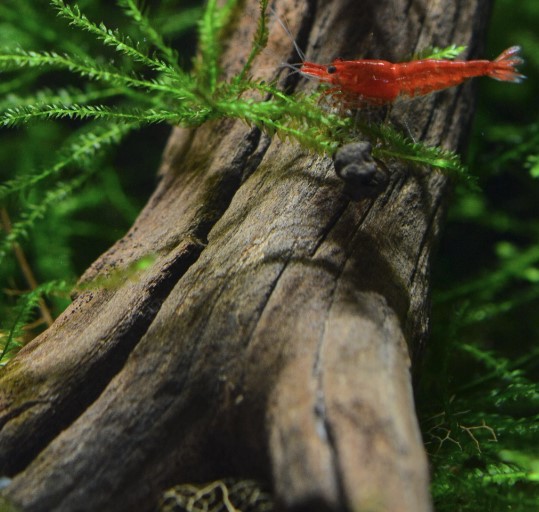
When adding driftwood to an aquarium it should be thoroughly dried before putting into the tank. Also make sure there aren’t any toxic deposits from the wood that could cause harm or death to your shrimp. To ensure that it is cleaned properly experiments may need to be done beforehand such as submerging the wood in boiling water or by scrubbing it with peroxide solutions. Doing this will remove built up tannins, lignin gums from the wood which is ultimately better for tank inhabitants’ health.
Caves
Caves provide a secure and comfortable haven for shrimps to hide away from predators and catch some peace from the hustle and bustle of the aquarium. Caves also allow shrimps to quickly enter and exit when they need to, providing them with essential refuge when things become too overwhelming in the tank. Aquarium owners can purchase aquarium caves that come with holes so as to keep larger fish away from the shrimp hideouts. Additionally, decorative rocks or other realistic cave accessories are also available that can fit into any aquarium’s aesthetic design and style.
Another popular option is to add generic rocks into the aquarium environment before covering them over with little rock caves or artificial plants. This gives one much more control over their aquascape design projects but does require extra maintenance compared to pre-made cave accessories. For example, the owner must make sure that there are no sharp edges present in order to prevent damage on shrimp’s antennae, claws or bodies. In addition, aquarists might need to scour through gallons of rocks before finding a truly suitable replacement for naturalistic looking decorations, which will take quite a bit of time.
Moss Balls
Moss balls can appear like great hiding spots for your shrimp but they are better used as a source of food. Your shrimp will likely graze on these rather than hide in them. It is possible to open up holes in the moss ball so that your shrimp can hide inside them, although it is generally advisable to use an alternative form of shelter such as driftwood or live plants. This is because most “moss balls” are actually marimo moss which is a type of algae rather than a true moss and adding algae into the tank could inadvertently attract unwanted visitors such as other algae eating creatures or even shrimp-eating predators. As such, it is best to avoid using moss balls as an actual home for your shrimp and simply allow them to eat from them instead.
The main downside to using moss balls as shrimps’ hiding places is that they come with their own set of risks. While they may look enticing, there are more ideal options available for protecting your shrimp from predators and providing a safe environment for them to thrive in. Marimos are not true m Mosses but actually an algae species, which can add too much complexity into your tank’s ecology if introduced as part of its environment. Furthermore, moss balls can be difficult to clean and maintain, which could put off some aquarists.
In Summary
Our article on popular shrimp hiding places has come to an end, and hopefully we have been able to provide you with some useful information. We have discussed the different types of hiding spots available for shrimp, such as rocks, driftwood, and live plants in many different tanks. We also touched upon other ways that can help give your shrimp the safety they need without spending too much effort, like using plastic containers or even smothering them with a dark substrate.
With this article now over, it is also important to remember that although these hiding spots are helpful, proper tank maintenance and water quality control are equally necessary in order for your shrimps to thrive. Hence, try not to ignore regular cleaning tasks as well as checking up on parameters such as pH or nitrate levels within the tank. In doing so, you can lead them to live healthy and happy lives within the confines of their own ecosystem!
